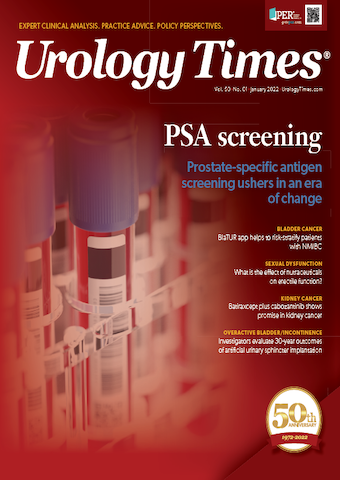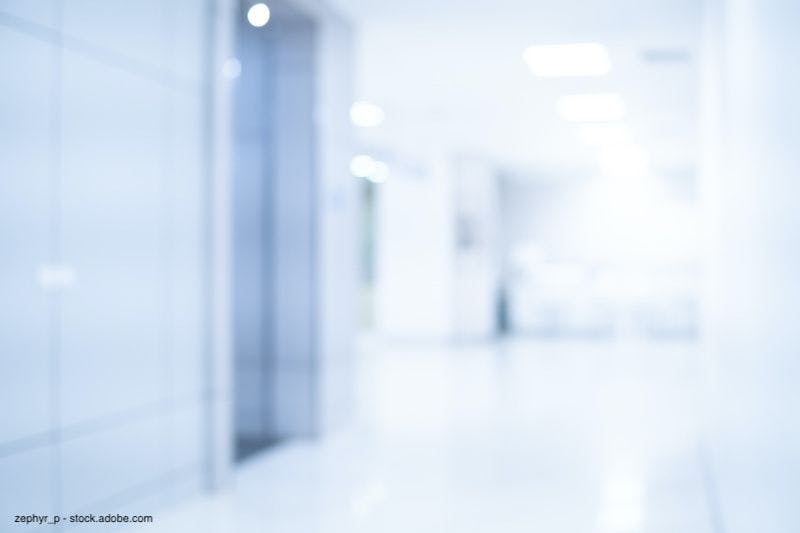Publication
Article
Urology Times Journal
Perioperative yoga improves QOL in patients with new diagnosis of prostate cancer
Author(s):
The first study to investigate the association between preoperative yoga and quality of life (QOL) showed promising outcomes for men with newly diagnosed localized prostate cancer, according to researchers from UT Health San Antonio MD Anderson Cancer Center.1
The group who performed perioperative yoga demonstrated higher numbers of circulating CD4+ and CD8+ T-cells, more production of interferon-gamma by natural killer cells, and increased Fc receptor III expression in natural killer cells.
Dharam Kaushik, MD

“What we found was very interesting,” lead author Dharam Kaushik, MD, in a recent news release.2 “Yoga improved quality of life in men compared to the standard of care, specifically on the fatigue scale, meaning they were less tired; on sexual function; and on their functional, physical and social wellbeing,” added Kaushik, associate professor of urology in UT Health San Antonio’s Joe R. and Teresa Lozano School of Medicine and cancer surgeon with the Mays Cancer Center, which is the home of UT Health San Antonio.
In this pilot study, 29 newly diagnosed men were randomized to either yoga for 6 weeks (n = 14) or standard of care (n = 15) prior to radical prostatectomy. The yoga regimen consisted of 60 minutes of yoga exercise twice a week before surgery and resumed 3 to 6 weeks after surgery for another 6 weeks.
Investigators used the Expanded Prostate Index Composite (EPIC), Functional Assessment of Cancer Therapy-Prostate (FACT-P), Functional Assessment of Chronic Illness Therapy-Fatigue (FACIT-F), and the Functional Assessment of Cancer Therapy-General (FACT-G, both preoperatively and 6 weeks postoperatively) to measure QOL. Secondary outcomes included changes in immune cell status and cytokine levels in the yoga group.
Of the men in the yoga group, 12 completed the regimen, 1 did not participate in the regimen, and 1 withdrew from the study. Of the men in the standard-of-care group, 1 was lost to follow-up. 26 individuals were examined in total.
Analysis of the self-reported questionnaires found that the mean difference between the yoga group and the standard-of-care group was 8.5 points for EPIC-sexual, 6.3 points for FACIT-F, 8.6 for FACT-Functional wellbeing, 5.5 points for FACT-physical wellbeing, and 14.6 points for FACT-Social wellbeing.
The yoga group additionally exhibited lower numbers of regulatory T-cells and myeloid-derived suppressor cells, indicating antitumor activity. Inflammatory cytokine levels, monocyte chemoattractant proteins, and FMS-like tyrosine kinsase-3 ligands were also reduced.
Overall, the study’s authors found yoga to be a feasible activity for patients with newly diagnosed localized prostate cancer, as it improved QOL, enhanced an immune response, and lowered inflammation in this cohort.
“This is positive data and further large-scale studies are needed, for which this pilot study can be a model,” Kaushik concluded. “If we are able to encourage patients to do a small, inexpensive and easy-to-implement intervention that can have a big impact, then why not?”
References
1. Kaushik D, Shah PK, Mukherjee N, et al. Effects of yoga in men with prostate cancer on quality of life and immune response: a pilot randomized trial [published online November 23, 2021]. Prostate Cancer Prostatic Dis. doi:10.1038/s41391-021-00470-w
2. Yoga improves quality of life in men with new diagnosis of prostate cancer. Published online November 23, 2021. Accessed November 23, 2021. https://bit.ly/3r9I0rn.
































